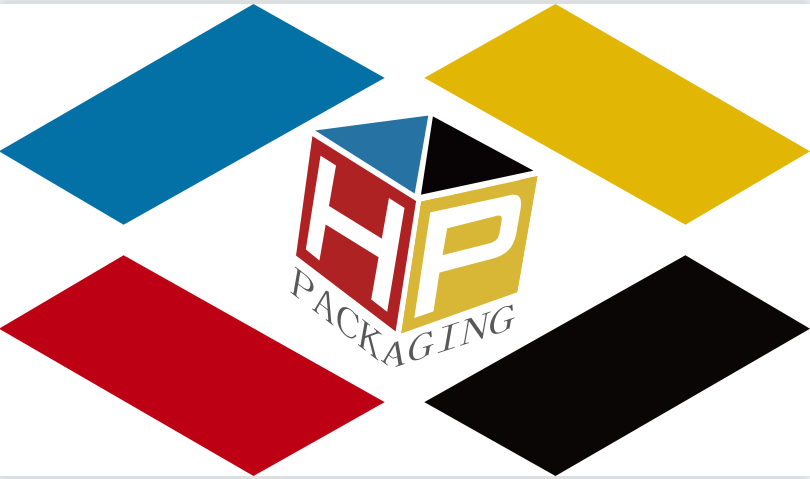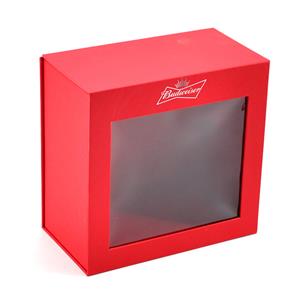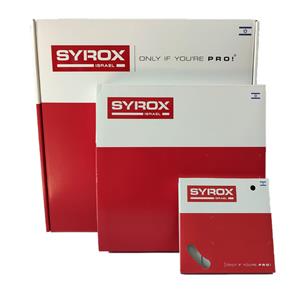Integrating paper packaging with new energy sources
Integrating paper packaging with new energy sources
1. Renewable Energy in Manufacturing: Paper packaging manufacturers can adopt renewable energy sources, such as solar power or wind energy, to power their production facilities. Installing solar panels or wind turbines on-site can generate clean and sustainable energy, reducing reliance on fossil fuels and minimizing carbon emissions.
2. Sustainable Materials: Utilize sustainable materials in paper packaging production. For example, consider using paper made from recycled fibers or from sustainably managed forests certified by organizations like the Forest Stewardship Council (FSC). This reduces the demand for virgin materials and promotes responsible sourcing practices.
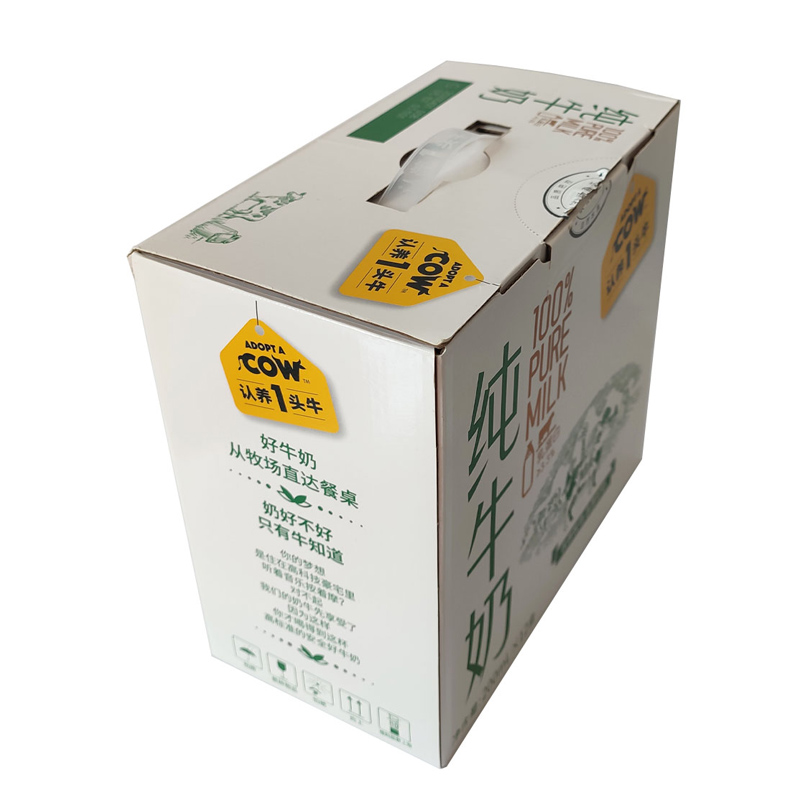
3. Energy-Efficient Production Processes: Implement energy-efficient practices in the manufacturing process of paper packaging. This can include optimizing machinery and equipment to reduce energy consumption, implementing energy management systems, and utilizing advanced technologies for process automation and control.
4. Bioenergy from Waste: Explore the use of bioenergy derived from organic waste generated during the paper packaging manufacturing process. Biomass waste, such as wood residues or paper scraps, can be converted into biofuels or biogas through processes like anaerobic digestion or pyrolysis. This bioenergy can then be used to power manufacturing operations or provide heat for the production facilities.
5. Intelligent Packaging: Incorporate new energy technologies into paper packaging to enhance functionality and sustainability. For example, integrate solar-powered sensors or RFID (Radio Frequency Identification) tags into packaging to enable real-time tracking, temperature monitoring, or tamper-evident features. This can improve supply chain efficiency, reduce waste, and enhance product safety.
6. Energy-Generating Packaging: Explore the concept of energy-generating packaging, where the packaging itself can generate energy. For instance, consider integrating thin-film solar cells or piezoelectric materials into paper packaging to harness solar or mechanical energy. This energy can be used to power small electronic devices or sensors within the packaging.
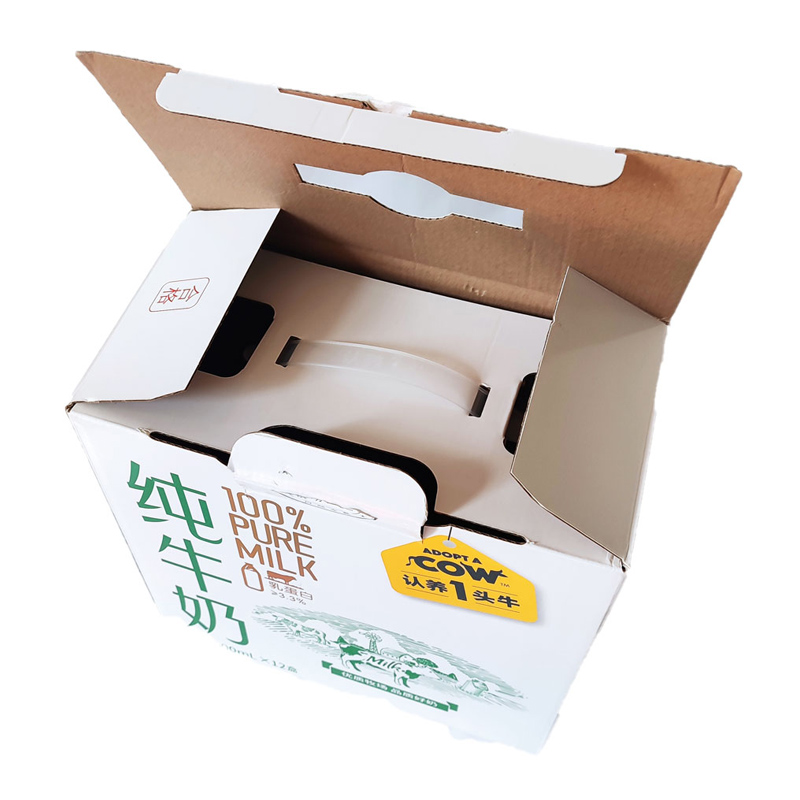
7. Collaborations with Energy Companies: Partner with renewable energy companies to explore joint initiatives or projects. This can involve sourcing renewable energy directly from energy providers, collaborating on research and development of sustainable packaging solutions, or implementing shared renewable energy infrastructure.
8. Education and Awareness: Educate consumers and stakeholders about the benefits of combining paper packaging with new energy sources. Promote the use of renewable energy in packaging through marketing campaigns, labeling, or certifications. Increased awareness can drive demand for sustainable packaging and encourage the adoption of new energy solutions.
9. Recycling and Waste Management: Implement efficient recycling and waste management systems for paper packaging. Encourage consumers to recycle paper packaging and collaborate with recycling facilities to ensure proper collection and processing. Additionally, explore opportunities to convert paper packaging waste into biofuels or other forms of energy through advanced recycling technologies.
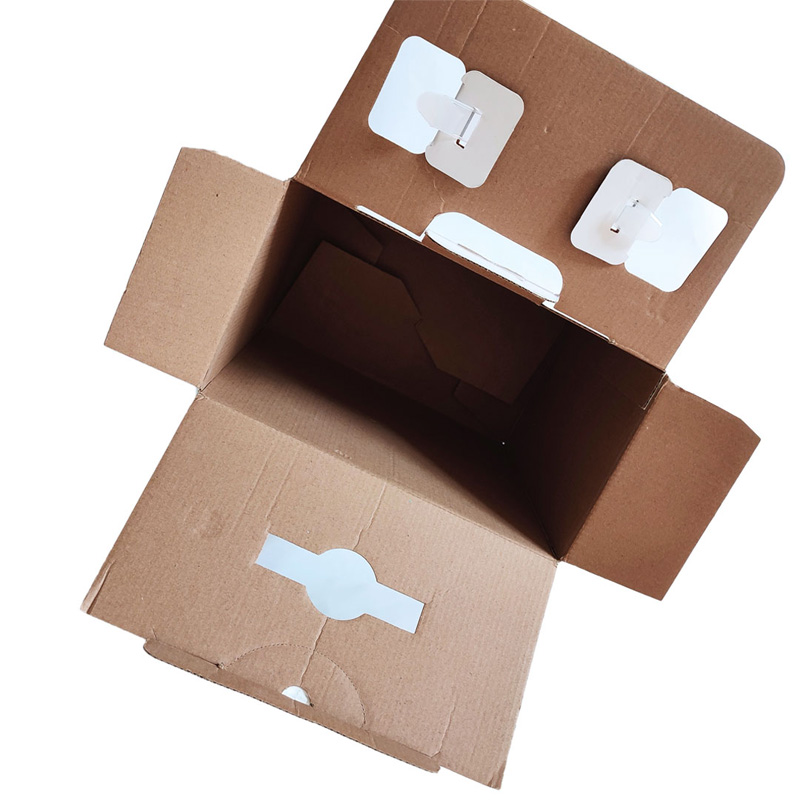
10. Life Cycle Assessment: Conduct life cycle assessments (LCAs) to evaluate the environmental impact of paper packaging throughout its entire life cycle. This includes assessing energy consumption, greenhouse gas emissions, and resource use at each stage, from raw material extraction to disposal. Use the findings to identify areas for improvement and implement strategies to minimize energy consumption and environmental impact.
Integrating paper packaging with new energy sources is a vital step towards achieving sustainability in the packaging industry. By adopting renewable energy, utilizing sustainable materials, and exploring innovative technologies, paper packaging can contribute to a greener and more energy-efficient future.
